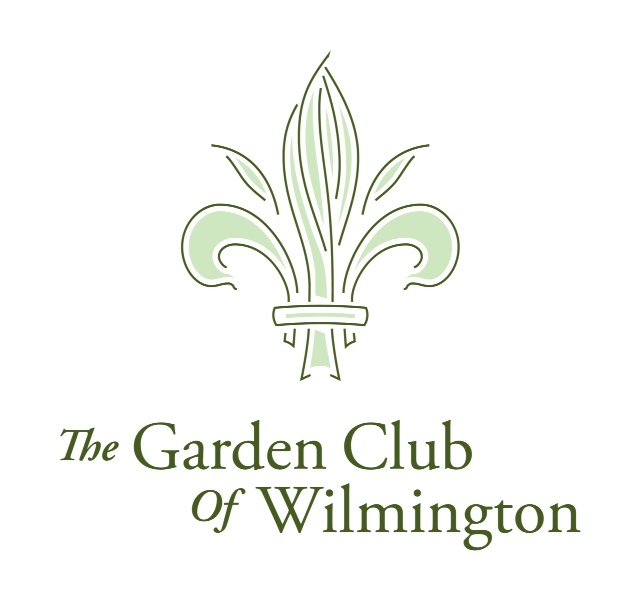The Garden Club of America recently announced the 2022 Plant of the Year: Montine McDaniel Freeman Medal winner!
The medal honors Montine McDaniel Freeman (1915-98), a member of the New Orleans Town Gardeners, Inc., and was established by her son and daughter-in-law in 1995 to highlight underutilized, but highly worthy, native trees, shrubs, groundcovers, vines, and perennials.The goal is to draw attention to select native plants, encourage their use in the landscape, and make them familiar to gardeners and more available in nurseries.
The annual medal selection is carried out by a group of highly respected horticulturists from across the country. Woody and herbaceous plants are nominated in alternate years. The 2022 winners were selected from 15 herbaceous plants nominated by members of GCA clubs. For more information about the Medal and recent winners CLICK HERE.
PHLOX DIVARICATA ‘BLUE MOON’, 2022 PLANT OF THE YEAR: FREEMAN MEDAL WINNER
Proposed by: Sallie Anderson, Providence Garden Club of Pennsylvania, Zone V
Phlox divaricata ‘Blue Moon’, commonly known as woodland phlox has been named the 2022 Plant of the Year: Freeman Medal winner by The Garden Club of America! Annually, the GCA identifies a stellar North American native plant to receive the Montine McDaniel Freeman Medal: GCA Plant of the Year. Phlox divaricata 'Blue Moon' was discovered by William Cullina, Executive Director of the Morris Arboretum of the University of Pennsylvania in Philadelphia, while he was working at the New England Wildflower Society.
“It’s a champ” was the sentiment from this year’s Freeman Medal selection committee of distinguished horticulturists. Phlox divaricata ‘Blue Moon’ is mildew resistant with vibrant blue long lasting blooms along with winter interest. The cultivar 'Blue Moon' has the largest petals of any of the Phlox divaricata cultivars with fragrant, billowy tufts of lilac-blue flowers throughout April and May creating a spectacular and long-lasting show in early spring. The 2022 Freeman Medal winner is a valuable early-season pollen source for bees and swallowtail butterflies as well as a nectar source for hummingbirds.
This phlox is suitable for shade gardens, woodland gardens, cottage gardens, rain gardens, low-maintenance gardens, and perennial borders and is also an excellent groundcover. Garden writer Ketzel Levine aptly notes that “the species Phlox divaricata's strength is not as a specimen but as a mingler, chatting its way across the woodland floor."
SCHIZACHYRIUM SCOPARIUM, LITTLE BLUESTEM, HONORABLE MENTION
Proposed by: Lynn Kunau, Glenview Garden Club, Zone VII
An Honorable Mention Schizachyrium scoparium, little bluestem. Little bluestem is a tough ornamental grass almost “ bomb proof in drought conditions.” Birds love the seeds and this plant is a host plant for caterpillars with multi-season interest. This ornamental grass has a strong vertical form complimenting other plants in the garden as a “great partner” in the landscape. The North American grass is native to most of the United States. The US Forest Service has documented that little bluestem is now found in every one of the lower 48 states except Nevada.
TIARELLA CORDIFOLIA, FOAMFLOWER HONORABLE MENTION
Proposed by: Betsy Brooks Bulleit, Garden Club of Lexington, Zone VII
An Honorable Mention was awarded to Tiarella cordifolia, Foamflower. This romantic plant, with its dainty flowers, can light up any shady bed. Commonly called foamflower, this clump-forming perennial spreads rapidly from runners, and it’s slender stamens give the white flowers a frothy appearance.
Tiarella cordifolia blooms in early May, and is an impressive plant in a woodland garden where the perennial is an excellent ground cover.
Tiarella cordifolia, Foamflower Photo Credit: Betsy Brooks Bulleit, Garden Club of Lexington Zone VII
KOSTELETZKYA PENTACARPOS, SEASHORE MALLOW - SPECIAL RECOGNITION
Proposed by: Kathleen Redfern Garden Club of Norfolk, Zone VII
Seconded by: Vanessa Sigmon Garden Club of Norfolk, Zone VII
Special Recognition was awarded to Kosteletzkya pentacarpos, Virginia salt marsh mallow or seashore mallow. Kosteletzkya pentacarpos or seashore mallow, is outstanding as a native pollinator plant; well known for its conservation uses in the restoration of wetlands.
Seashore mallow creates a stunning focal point in water gardens, blooming from May through October. Although it originates in marshy coastal areas, this plant can be cultivated in a variety of soils and moisture levels. This plant is both a perennial and a halophyte (salt-tolerant plant) that grows in areas where other plants cannot. Seashore mallow adds color to shoreline plantings, and invites pollinators such as hummingbirds and butterflies.



